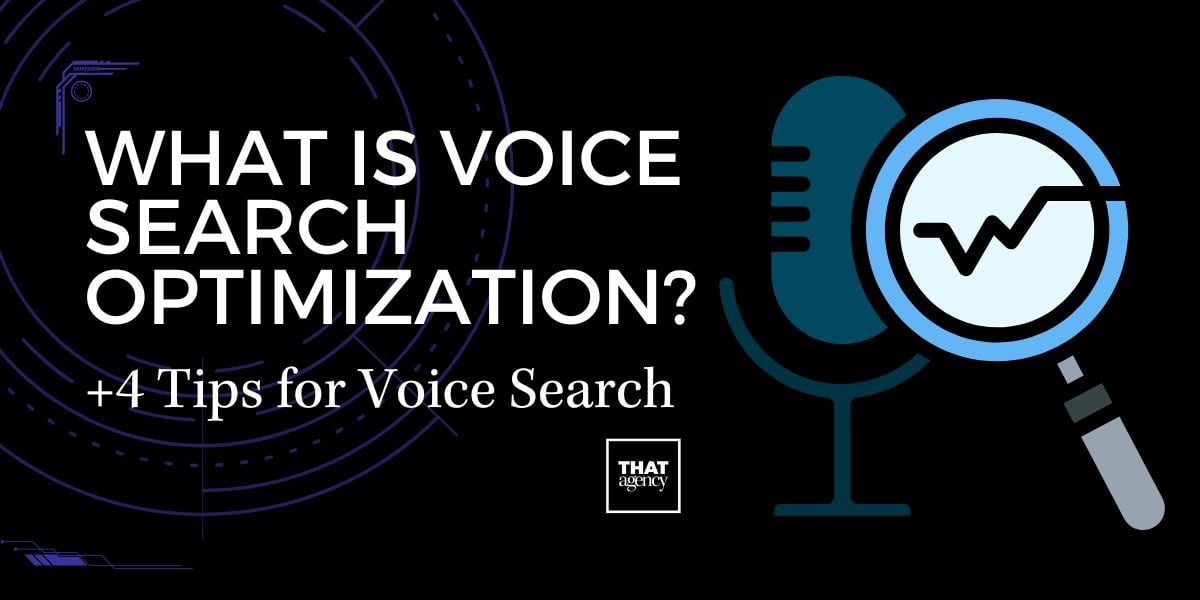What makes a good integrated marketing communications plan? An IMC strategy should be built calmly and with a lot of input. It should be honest about your organization's position, and know the difference between needs and desires. It should be resourced properly and measured as it runs. Most of all, such a plan is built step-by-step. You'll see why in a second:
.jpg?width=1200&name=integrated-marketing-communications-plan%20(1).jpg)
Step #1: Know your target market
You're not advertising to anyone and everyone. The goals you have in your IMC strategy are largely dictated by the market you hope to attract. You're devoting resources to speak to a particular audience. Do you need more data on this audience? Do you know how they use different marketing channels? What are their spending habits?
You need to know all this to devise your integrated marketing communications plan, but that's not all. You also need your team to speak to each other knowledgeably about this data because your knowledge of it will decide how accurately you can assess your IMC strategy's success.
Step #2: Run a situation analysis
You may know how to implement an IMC strategy, but the context and obstacles for every organization is difficult. There's no one-size-fits-all solution to this kind of strategy. It's wise to run a SWOT analysis. SWOT stands for Strengths, Weaknesses, Opportunities, Threats.
Strengths are factors you already know your organization can do well. Weaknesses are areas where your organization needs to improve – be honest here. Lying to yourself won't help anything, and can undermine your later strategy. These are more internal factors having to do with the capabilities and resources of your business.
Opportunities and Threats have more to do with the external environment. What are situations, events, and industry and market climates that create opportunity. What competitors, industry climate, or waning demand pose threats?
There are a number of different ways to run this kind of assessment, but the key is finding what elements you can take advantage of to make your marketing efficient and effective. It's wise to include voices from across an organization in a SWOT analysis. They can offer a broader and more encompassing perspective.
Step #3: Identify your communication methods
An integrated strategy utilizes several channels of marketing. You have information on your audience. You've identified what your organization is good at and where it needs help. Now you need to apply all that information into an integrated plan.
What are the channels where your resources are best applied? This may include content marketing, email marketing, social media marketing, re-marketing, event marketing, elements of traditional marketing, or other channels.
Step #4: Create the foundations of your IMC strategy
The work you've done helps you identify and categorize various elements. You may see that you're exceptionally efficient at email marketing, and it's something that your target audience engages with reliably. Here, you've identified a strength and confirmed its usefulness through the knowledge you have of your target market. You can set goals and begin to roll this into a larger strategy.
Not all of what you know about your target market will line up with your strengths. Consider the following examples:
- Example #1 - Opportunity in an area of weakness: Content marketing is crucial, but you may not have any staff who are particularly strong or consistent in it. This means you've identified an opportunity with your target audience in a place where you're weak.
That situation may mean you need some outside help. Don't ignore the areas where you need this help. It can provide immense returns to you, and it's an area where digital marketing agencies can help.
- Example #2 - Practical tools to blunt a threat: Another potential situation may involve a threatening climate or circumstance. Once engaged with your site, you may see your customer support is overwhelmed. Customers become upset they can't reach anyone and a simple exchange for an otherwise happy customer becomes a situation where they feel disrespected and vow never to buy from you again. You can't hire many more staff, so how can you handle this?
This may be an opportunity for implementing chat bots. They can quickly provide information and narrow down product selection in response to common questions, and they can hand off more complicated queries to your staff. This takes a lot of the more straightforward requests off your staff, which saves a great deal of time. This allows them the time and focus to personally resolve more complicated or unique requests, or give attention to particularly valuable repeat customers.
Step #5: Build a budget and schedule
An integrated marketing communications plan shouldn't feel complicated or overwhelming. You can see how each step builds on the last. No particular element is actually all that complicated. It just requires knowing how to set each new level of the plan on a strong and informed foundation. With that foundation set, now you're beginning to frame out the structure of the plan.
As you identify your strategies, what you can handle in-house, and where you need help, you can begin to determine budgeting needs. These are estimates at first and won't take more precise shape until you get a fuller picture and begin choosing between elements.
At the same time, you can begin building a prototype schedule. Leave it flexible for now. Your schedule should be informed by how long it will take to implement technologies, train staff, and properly evaluate the success of different steps. It should also follow a cadence – or a pace – so that parts of the strategy are ready during certain campaigns, pushes, or holidays.
Step #6: Make it more and more real
You'll notice that this process involves adjustments and iterations. A staff member or department may come to you with a request, a desire, or an outright need. You may see a new opportunity that you slot into your plan, or a new threat that convinces you to accelerate something you were going to leave until later.
As you iterate the plan, it becomes more detailed and more achievable. You might find you have extra room in your budget for longer-term and more stable investments like content marketing. You might find your budget is more crunched than you thought and you'll have to cut out something that's a preference and not an immediate need.
Your IMC strategy will be informed by other voices as they see it and assess it. Don't let the iteration process get away from you. Always focus it on what customers need, how they engage, and what draws them to you instead of a competitor. If you have to decide between something that's advantageous for a customer vs. something that you'd like in-house, lean toward the element that streamlines the customer's experience.
Step #7: Assess and measure your plan
As the different steps of your plan are implemented according to schedule, you should have time and resources factored in to measuring the effectiveness of your plan. Measure things from a realistic perspective: if a long-term strategy isn't providing unrealistic goals within the first few months, that's not what you designed it for. Don't allow the measurement process to panic you.
Alternately, don't be so glued to a strategy that you allow your passion for it to overrule the data in front of you. A good integrated marketing communications plan is one that has some flexibility to focus on strengths or identify where previously unrealized re-marketing opportunities reside.
Need help creating an IMC strategy for your business? Contact the team at THAT Agency for advice today.





.jpg)